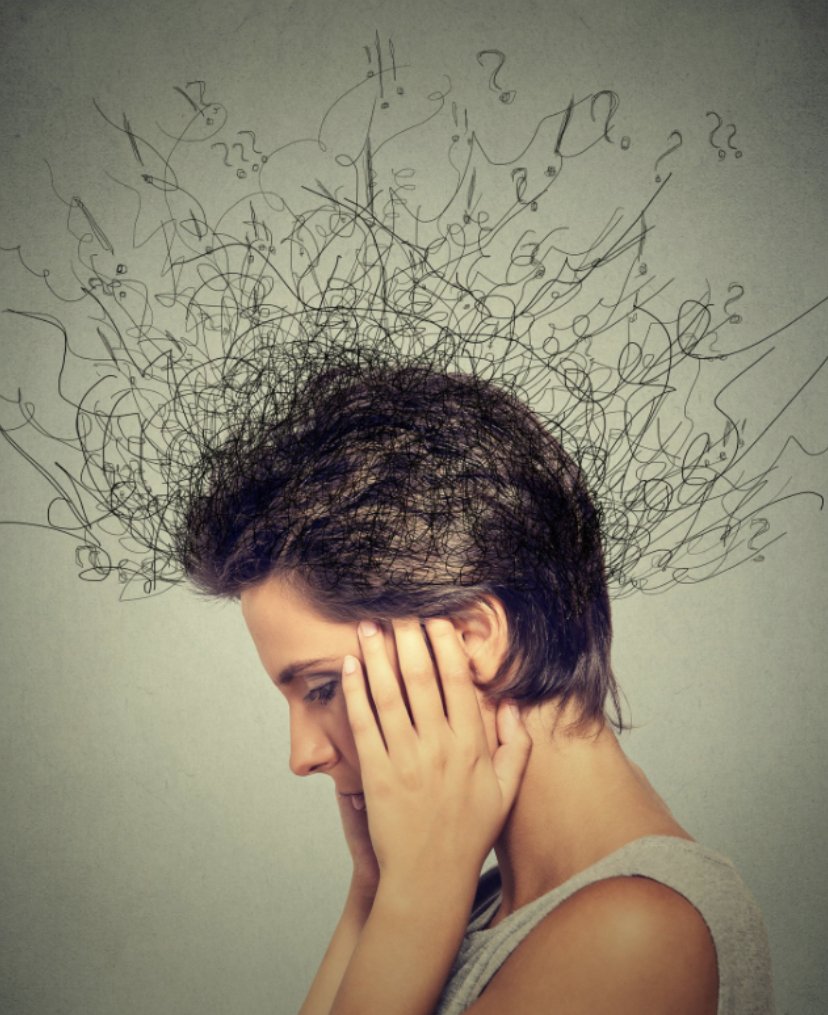The Hidden Epidemic: How Common Anxiety Really Is
Anxiety is a ubiquitous human experience. It's a feeling most people have encountered at some point in their lives. But just how common is anxiety, and what does it mean for individuals and society as a whole? In this blog post, we will delve into the startling prevalence of anxiety, its various forms, and the impact it has on people's lives.


1. The Prevalence of Anxiety Anxiety disorders are some of the most common mental health conditions globally. According to the World Health Organization (WHO), approximately 264 million people suffer from anxiety disorders worldwide. That's nearly 4% of the global population. However, these statistics only represent diagnosed cases. Many more individuals experience anxiety but may not seek professional help or even recognize their symptoms as anxiety.
2. Varieties of Anxiety Disorders Anxiety is not a one-size-fits-all condition. It manifests in various forms, each with its own unique symptoms and triggers.

Some of the most common anxiety disorders include:
Generalized Anxiety Disorder (GAD): Characterized by excessive and persistent worry about everyday life events.
Social Anxiety Disorder (SAD): Involves an intense fear of social situations, leading to avoidance of social interactions.
Panic Disorder: Marked by sudden and recurrent panic attacks, often accompanied by physical symptoms like a racing heart and shortness of breath.
Obsessive-Compulsive Disorder (OCD): Involves intrusive, unwanted thoughts (obsessions) and repetitive behaviors (compulsions) aimed at reducing anxiety.
Post-Traumatic Stress Disorder (PTSD): Develops after experiencing a traumatic event and can lead to severe anxiety symptoms, including flashbacks and nightmares.
3. The Age of Onset Anxiety doesn't discriminate by age. It can affect people of all ages, from children to the elderly. In fact, anxiety often begins in childhood or adolescence. According to the Anxiety and Depression Association of America (ADAA), the median age of onset for anxiety disorders is just 11 years old. This early onset underscores the importance of recognizing and addressing anxiety in young individuals.
4. Gender Disparities Anxiety does not affect everyone equally. Studies show that women are more likely to experience anxiety disorders than men. This gender disparity may be influenced by a combination of biological, psychological, and societal factors.
5. The Impact on Daily Life Anxiety is more than just occasional nervousness. It can significantly disrupt daily life, impairing work, relationships, and overall well-being. It can lead to physical symptoms such as headaches, digestive issues, and sleep disturbances. The constant worry and fear can also take a toll on one's emotional health, leading to depression in some cases.
6. The Stigma Surrounding Anxiety Despite its prevalence, there is still a stigma associated with mental health issues, including anxiety. Many individuals hesitate to seek help due to fear of judgment or misconceptions about mental health. This stigma can be a significant barrier to receiving the necessary treatment and support.


